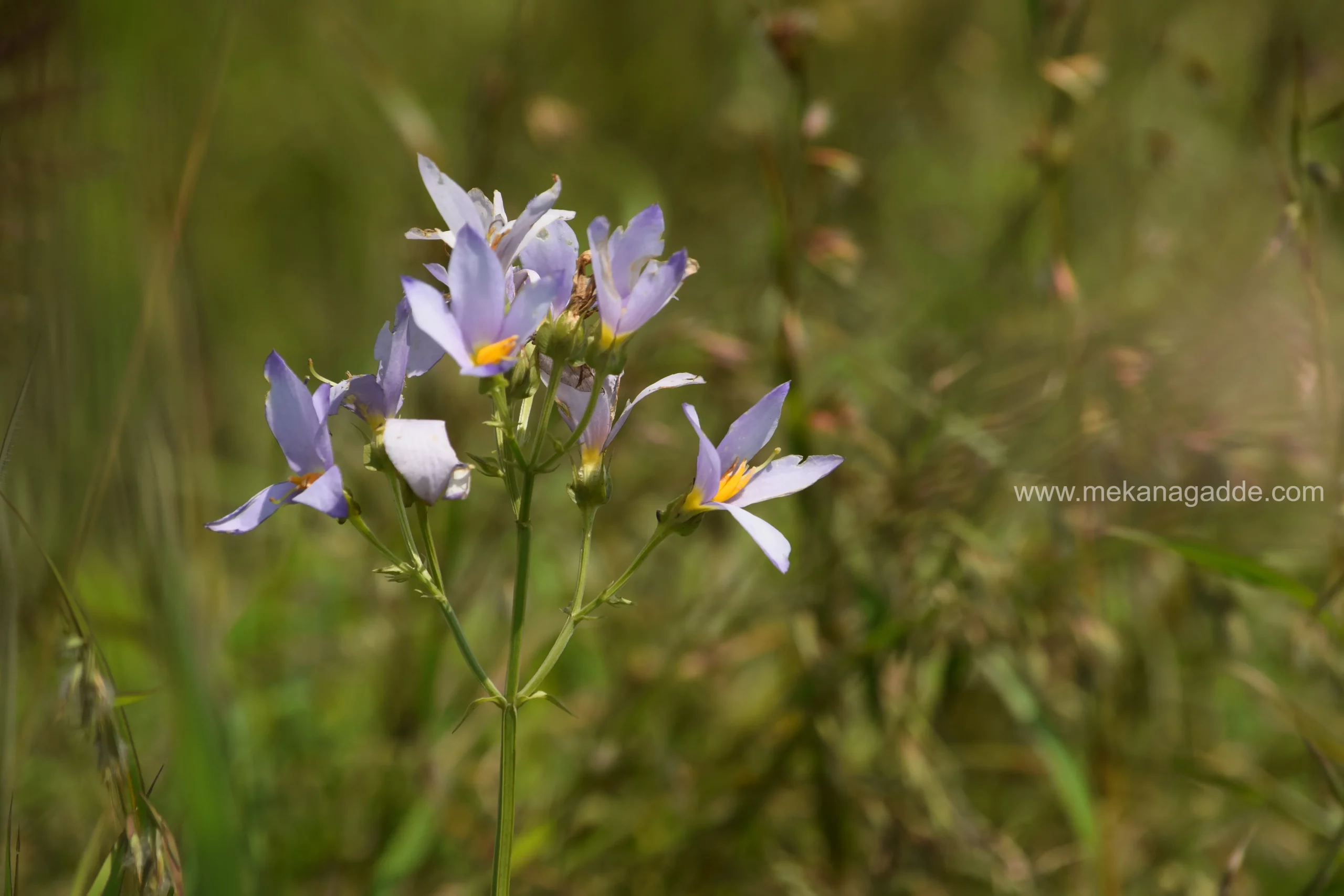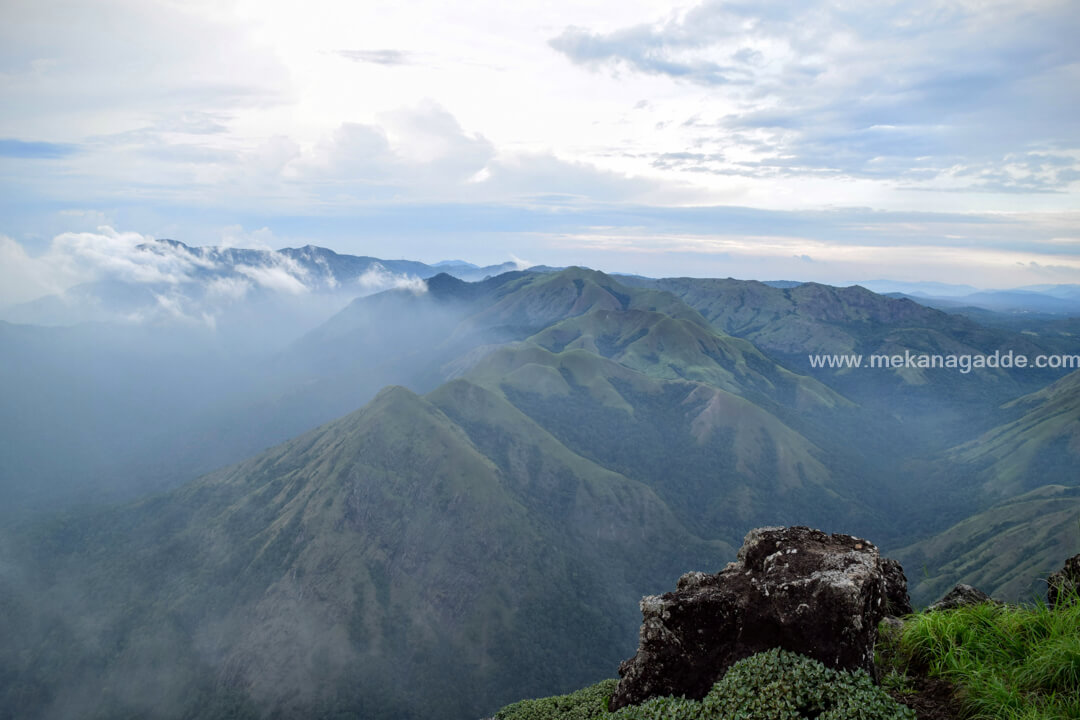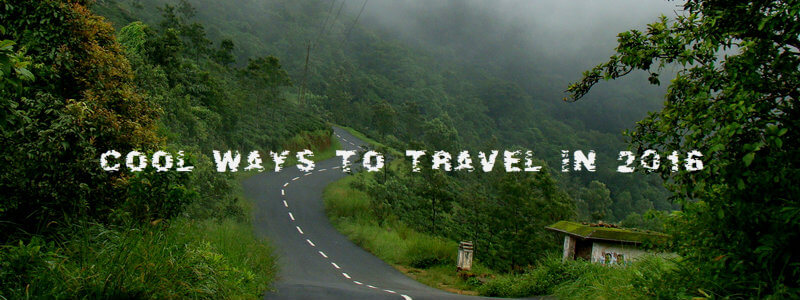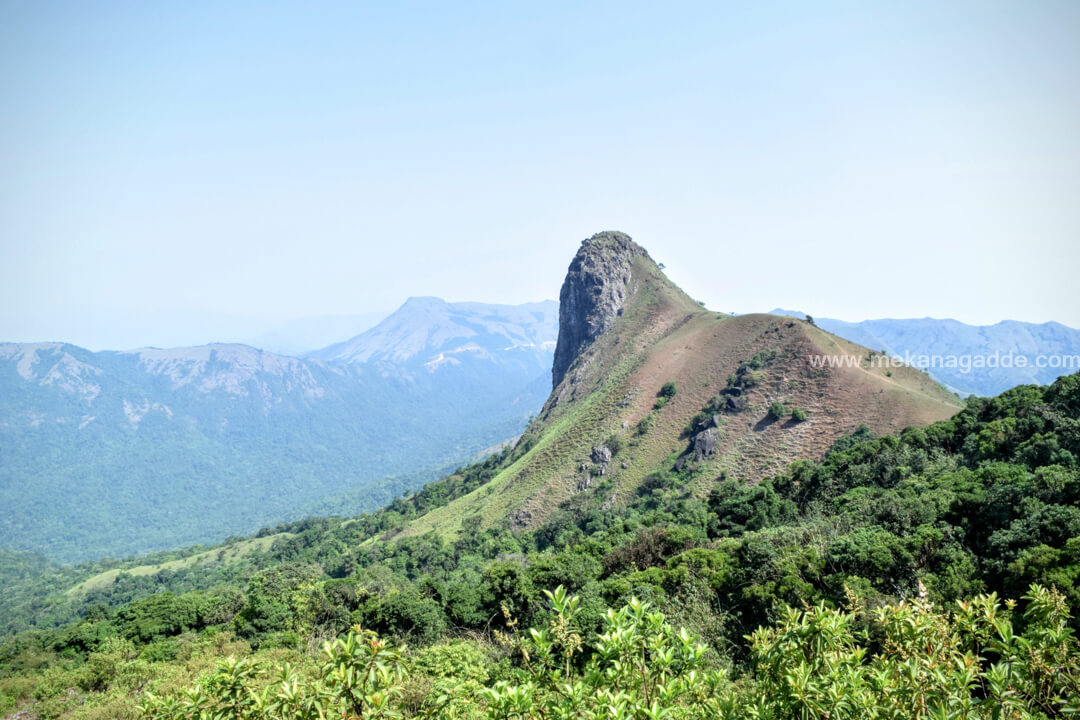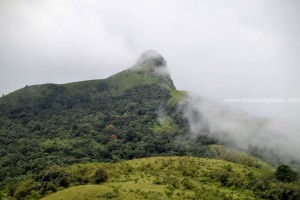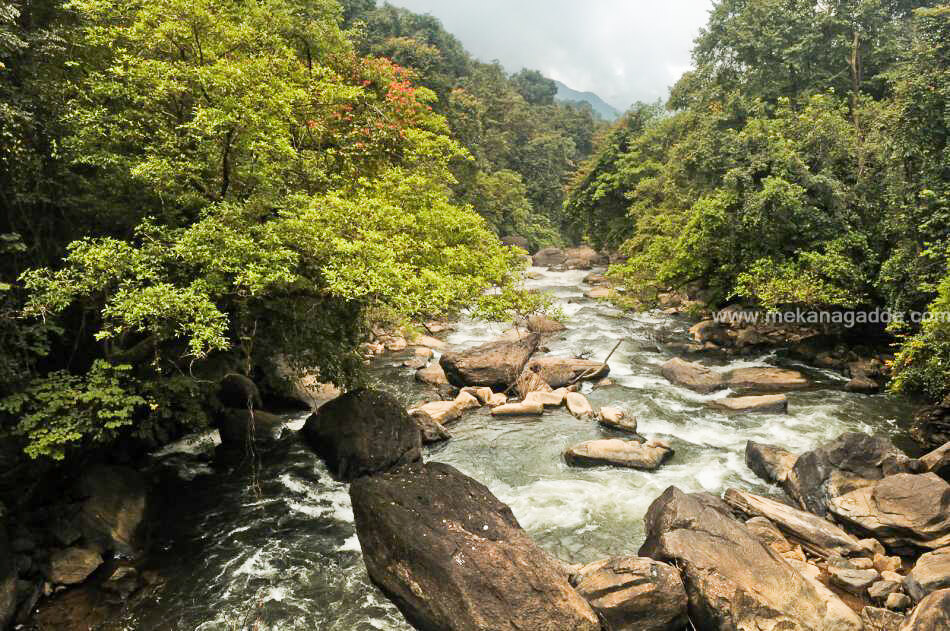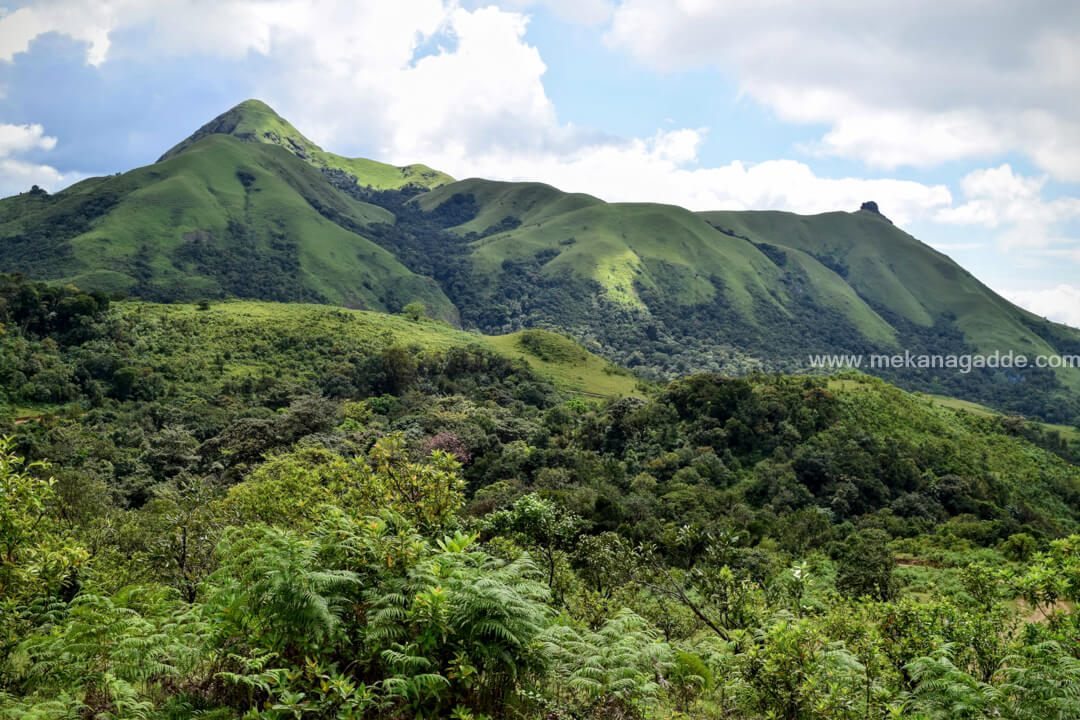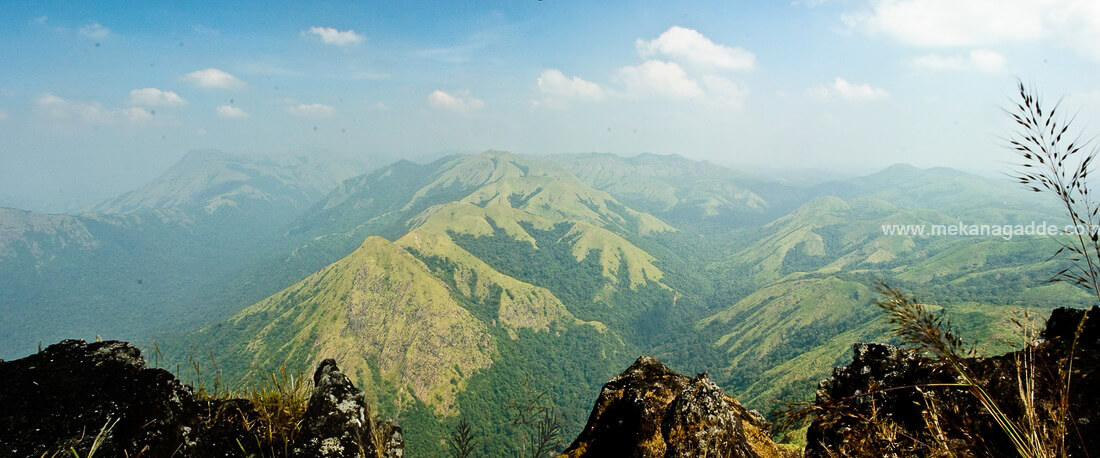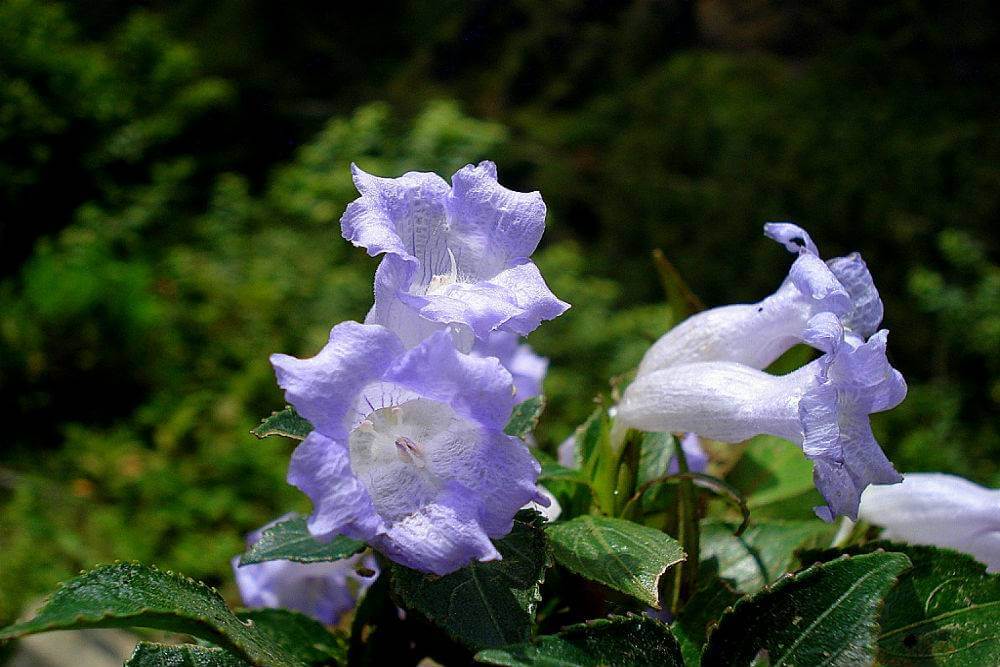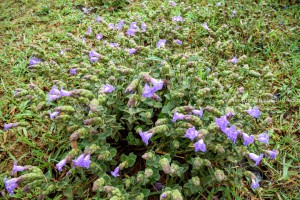Me Riya Sharma and our 5 family were looking for a relaxing getaway from the hustle and bustle of the city. We wanted to experience the beauty and tranquility of nature, and enjoy some quality time together. We decided to book a stay at Mekanagadde Homestay after Googling and finalized it, a cozy and comfortable place nestled in the Western Ghats of Karnataka.
We arrived at the homestay after a scenic drive through the lush green hills and paddy fields. We were greeted by the friendly hosts, who welcomed us with a warm smile and a refreshing fruit drink🍹. The hosts showed us around the property, which had a rustic charm and a homely vibe🏠. The rooms were spacious and clean, with all the amenities we needed. The homestay also had a common area where we all could talk, play games, or read books.
The next day, we woke up to the sound of birds chirping and the foggy hills surrounding property. We had a delicious breakfast of traditional dishes, Akki Rotti and Kesa. We then decided to go for a trekking adventure, guided by Vinay one of the localite who take care of the guest. We explored the nearby forest, where we saw various flora and fauna, and enjoyed the panoramic views of the mountains and valleys. We also visited a water stream gushing, where we splashed in the cool water and took some pictures.
After the trekking, we returned to the homestay for a relaxing lunch🍲. We then went for a coffee plantation tour on jeep, where we learned about the history and culture of coffee growing in the region. We also used to get filter coffee when we asked for, which was aromatic and flavorful. We bought some coffee beans as souvenirs for our other friends and family.
In the evening, we enjoyed a bonfire and barbecue at the homestay. We roasted chicken, sang songs, and chattered stories circling bonfire with family. We also had a mouthwatering dinner of local Malnad style🍛, cooked by the hosts. We thanked them for their hospitality and praised their food.
We retired to our rooms, feeling happy and content. We slept soundly, dreaming of our wonderful trip. We woke up the next day, feeling refreshed and rejuvenated. We packed our bags and bid farewell to the hosts and little dogs😊 (accompanied us everywhere). We thanked them for our memorable stay and promised to come back again.
We drove back to the city, feeling grateful for our family trip to Mekanagadde Homestay. We had experienced nature, adventure, culture, and food in a unique way. We had also bonded with our family more and had plans for next holiday trip. We agreed that it was one of our best trips ever.
– Riya Sharma & Family
Blogger
Bengaluru
